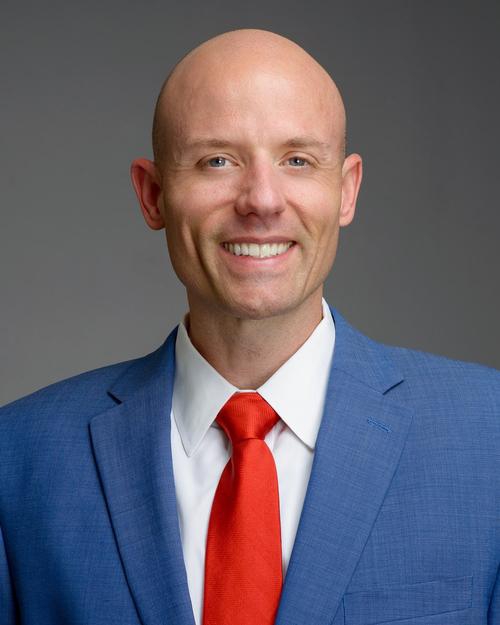Our Florida Car Accident Attorneys Explain How to Prove Fault in a Multi-Vehicle Crash
Multi-car accidents can have potentially devastating consequences. If you’re coping with injuries as a result of a multi-vehicle crash, the complexities of determining fault in such accidents add another layer of stress. Our skilled car accident lawyers at Spetsas Buist have experience handling the legal process of multi-vehicle accidents and determining fault. We have a proven track record of going “above and beyond” for our clients. Let us do the same for you. We’ll examine the details of your accident and work to get you fair compensation for your damages. 
Common Causes of Crashes Involving Multiple Vehicles in Florida
Fault in multi-car accidents isn’t always clear-cut. Depending on the nature of your accident, your case may require careful examination from insurance companies, your attorney, and law enforcement. Accidents involving multiple vehicles may result from a driver’s distraction or negligence, aggressive driving, bad road conditions, and more. The two main types of multi-car accidents are chain reaction accidents and chain reaction pileups.
Chain Reaction Accident
Chain reaction accidents are rear-end collisions involving more than two vehicles. For example, if driver A is speeding and cannot stop quickly when traffic ahead slows or stops, they will crash into the rear of driver B’s car. If driver B cannot react in time or is too close to the driver in front of them, the impact from driver A will push driver B into the rear of driver C’s vehicle, and so on.
Chain Reaction Pileup
A chain reaction pileup happens differently than a chain reaction accident because it doesn’t necessarily happen in a line. They’re also far more dangerous since each collision in the accident can happen from different directions, creating a higher risk of severe injuries or even death.
For example, consider that drivers A, B, and C are moving in different directions. Driver A has a green light at an intersection, but driver B is speeding and runs a red light, t-boning driver A. The impact pushes driver A into oncoming traffic, where driver C is moving in the opposite direction. If driver C is unable to stop in time, they will crash into driver A in a head-on collision.
Common Multi-Car Accident Injuries in Florida
Multi-vehicle accidents can cause severe, potentially life-changing injuries and even death. Some common injuries from multi-car crashes include the following:
- Traumatic brain injuries (TBIs)
- Spinal cord injuries
- Broken or fractured bones
- Soft tissue injuries
- Amputations
- Lacerations
- Scarring or disfigurement
- Back and neck injuries (including whiplash)
The Role of Comparative Negligence in Determining Fault in Florida Multi-Vehicle Accidents
The driver that caused the initial collision is often found to be at fault, but insurance companies or the court may determine that multiple drivers are at fault. Florida is a comparative negligence state, so if you are one of the drivers deemed partially at fault, this will impact your potential compensation.
If you are 50% or more at fault, you will be unable to receive compensation. If, however, your percentage of fault is less than 50%, your compensation will be reduced by that amount. So, for example, if it is determined that you are owed $100,000 but you are 10% at fault, your compensation will be reduced to $90,000.
How Florida Insurance Companies Determine Fault
Insurance companies will use several forms of evidence to evaluate your case and try to determine fault, including the following:
- Police report
- Pictures of the scene
- Video surveillance
- Eyewitness statements
- Medical reports.
Eyewitness statements can be especially important when determining fault in a multi-vehicle crash. Because they have no stake in the outcome, eyewitnesses usually tell the truth to the police and insurance adjusters about what they saw and who they believe caused the initial collision.
Steps to Take if You’re in a Florida Multi-Vehicle Crash
If you’ve been in a multi-vehicle accident, here’s what to do to help ensure both the safety of those involved and accurate recording of the incident:
- Call 911. Get a police report of the accident. Request EMT presence so you and those involved can seek immediate medical treatment.
- Gather information. Gather contact and insurance information from the parties involved, if possible, and ask for contact information from eyewitnesses who remained at the scene.
- Follow up with your medical provider. Your doctor can determine if you have any injuries that haven’t yet presented, and an appointment shows insurance companies that you were invested in caring for your physical health.
- Avoid speaking to insurance adjusters without the advice of an attorney. It’s possible you may say something to the insurance company that harms your case. Seek help from an attorney experienced in dealing with insurance companies.

